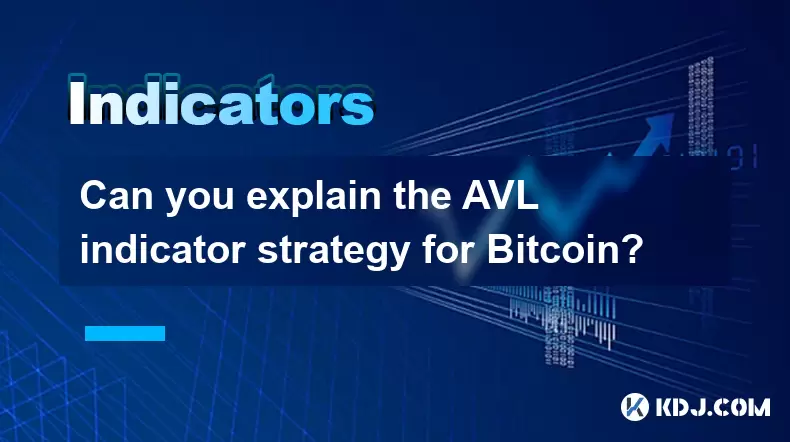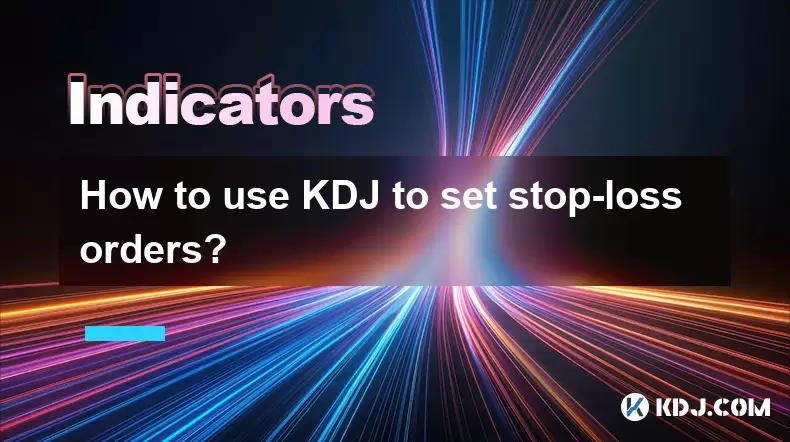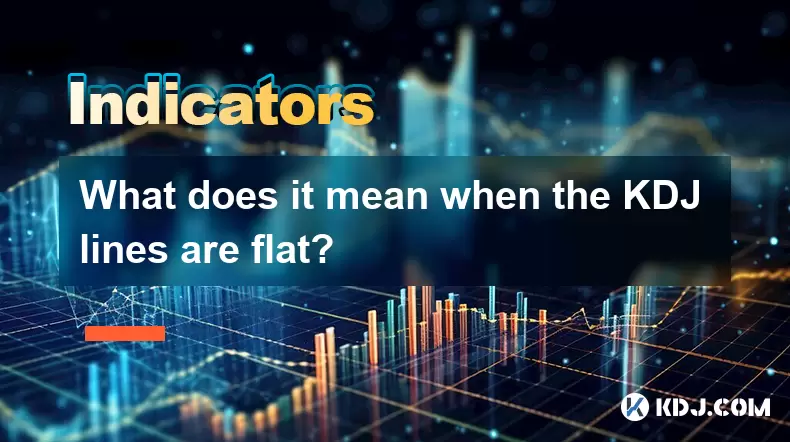-
 Bitcoin
Bitcoin $114700
-3.36% -
 Ethereum
Ethereum $3619
-6.51% -
 XRP
XRP $2.926
-7.66% -
 Tether USDt
Tether USDt $0.9998
-0.02% -
 BNB
BNB $768.6
-4.90% -
 Solana
Solana $168.2
-7.52% -
 USDC
USDC $0.9999
0.00% -
 Dogecoin
Dogecoin $0.2045
-9.02% -
 TRON
TRON $0.3243
-0.27% -
 Cardano
Cardano $0.7208
-8.45% -
 Hyperliquid
Hyperliquid $39.74
-9.17% -
 Stellar
Stellar $0.3882
-8.79% -
 Sui
Sui $3.481
-11.93% -
 Chainlink
Chainlink $16.52
-9.04% -
 Bitcoin Cash
Bitcoin Cash $556.7
-4.79% -
 Hedera
Hedera $0.2444
-11.40% -
 Avalanche
Avalanche $21.96
-8.51% -
 Ethena USDe
Ethena USDe $1.001
-0.02% -
 UNUS SED LEO
UNUS SED LEO $8.950
0.15% -
 Toncoin
Toncoin $3.425
-2.33% -
 Litecoin
Litecoin $104.4
-5.94% -
 Shiba Inu
Shiba Inu $0.00001212
-7.49% -
 Polkadot
Polkadot $3.630
-6.98% -
 Uniswap
Uniswap $9.165
-10.12% -
 Monero
Monero $306.8
-3.10% -
 Dai
Dai $0.9999
-0.01% -
 Bitget Token
Bitget Token $4.360
-3.43% -
 Pepe
Pepe $0.00001049
-9.59% -
 Cronos
Cronos $0.1352
-8.67% -
 Aave
Aave $256.5
-8.03%
Can you explain the AVL indicator strategy for Bitcoin?
The AVL indicator tracks volume flow in Bitcoin trading, rising with buying pressure and falling with selling, helping confirm trends or spot reversals through divergence.
Jul 31, 2025 at 07:57 pm

Understanding the AVL Indicator in Cryptocurrency Trading
The AVL indicator, also known as the Accumulation Volume Line, is a volume-based technical analysis tool used to assess the flow of volume in relation to price movements. In the context of Bitcoin trading, the AVL indicator helps traders identify whether volume is supporting price trends, which can signal potential continuations or reversals. Unlike simple volume bars, the AVL accumulates volume data over time, adjusting it based on whether the closing price is higher or lower than the previous close. This creates a running total that reflects buying and selling pressure. When the AVL line rises, it indicates that buying volume is dominant, suggesting accumulation by large players. Conversely, a falling AVL line suggests distribution, where holders are selling off positions.
How the AVL Indicator is Calculated
The calculation of the AVL is straightforward but powerful in revealing hidden market sentiment. The formula begins with a starting value, typically zero or the volume of the first period. For each subsequent period, the indicator adds the day's volume if the closing price is higher than the previous close, and subtracts the volume if the closing price is lower. This cumulative process forms a continuous line that traders overlay on price charts. The key insight lies in divergence: if Bitcoin’s price reaches a new high but the AVL fails to surpass its previous peak, this negative divergence may signal weakening momentum. On the flip side, if price makes a lower low but the AVL forms a higher low, it suggests underlying strength despite downward price action.
Applying the AVL Indicator to Bitcoin Charts
To use the AVL indicator effectively on Bitcoin price charts, traders must integrate it within a broader technical framework. Most trading platforms like TradingView, MetaTrader, or Binance’s advanced charting tools allow users to add the AVL indicator directly. Once applied, the focus should be on alignment between price and volume trends. For instance:
- If Bitcoin breaks above a resistance level and the AVL confirms with a new high, this reinforces the breakout’s validity.
- If Bitcoin consolidates sideways but the AVL continues to climb, it may indicate quiet accumulation before a breakout.
- A sharp AVL drop during a price rally could suggest lack of volume support, hinting at a potential reversal.
Traders often combine the AVL with moving averages of the AVL itself to smooth out noise and identify trend direction more clearly.
Combining AVL with Other Technical Tools
Using the AVL in isolation can lead to false signals, so pairing it with complementary indicators improves accuracy. One effective combination is with price trendlines and support/resistance levels. For example:
- Draw a trendline on the AVL chart that connects rising lows. A break below this line, even if price remains stable, could warn of weakening volume support.
- Use moving averages (e.g., 50-day or 200-day) on the price chart and observe whether the AVL is rising during golden cross formations, adding confidence to bullish signals.
- Pair AVL with on-chain metrics like exchange netflow or MVRV ratio to distinguish between retail and institutional activity. A rising AVL with decreasing exchange reserves may confirm strong accumulation.
Another useful pairing is with RSI or MACD. If RSI shows overbought conditions but the AVL continues to rise, it may indicate strong buying pressure that can sustain elevated prices.
Step-by-Step Guide to Implementing the AVL Strategy on Bitcoin
To apply the AVL strategy systematically, follow these steps carefully:
- Open your preferred crypto trading platform and load a Bitcoin/USDT or Bitcoin/USD chart with daily or 4-hour timeframe.
- Navigate to the indicators section and search for “Accumulation Volume Line” or “AVL.” Apply it to the chart.
- Observe the current price trend and compare it with the slope and direction of the AVL line.
- Look for divergences—if price makes a higher high but AVL makes a lower high, consider reducing long exposure.
- Confirm potential reversals by checking if volume spikes coincide with AVL inflection points.
- Set up alerts on the platform for when the AVL crosses key historical levels or breaks trendlines.
- Backtest the strategy using historical data: simulate entries and exits based on AVL signals and measure performance over several months.
Ensure all chart settings are consistent across tests to avoid skewed results.
Common Misinterpretations and How to Avoid Them
One frequent error is treating the AVL as a standalone timing tool. The AVL reflects volume trends but does not predict exact entry or exit points. For example, a rising AVL during a downtrend might be misread as bullish, when in reality, it could reflect panic selling with high volume. To avoid this:
- Always check the context of price action—is the market in a consolidation phase or a strong trend?
- Avoid acting on short-term fluctuations in the AVL; focus on sustained directional movement.
- Be cautious during low-volume periods, such as weekends or holidays, when AVL signals may lack significance.
- Cross-verify with order book depth or funding rates on futures markets to assess whether AVL movements align with actual market structure.
Another pitfall is ignoring macroeconomic events that can distort volume patterns. A sudden regulatory announcement may cause volume spikes unrelated to organic accumulation.
Frequently Asked Questions
What is the difference between AVL and OBV?
Both AVL and On-Balance Volume (OBV) are cumulative volume indicators. However, AVL only adds or subtracts full period volume based on close comparison, while OBV can include partial volume in some variations. The interpretation is similar, but AVL is simpler and less prone to overfitting.
Can the AVL indicator be used on intraday Bitcoin charts?
Yes, the AVL works on 15-minute, 1-hour, or 4-hour charts. However, intraday noise can create false signals. It’s best to use it in conjunction with volume profile or VWAP for better context.
Does the AVL indicator work during Bitcoin sideways markets?
During range-bound phases, the AVL often flattens or moves sideways. A gradual rise in AVL within a sideways market suggests quiet accumulation, which may precede an upward breakout.
Is the AVL suitable for altcoins as well?
While AVL can be applied to altcoins, low liquidity and manipulative volume on some exchanges can distort readings. Bitcoin’s high liquidity makes AVL signals more reliable compared to smaller-cap cryptocurrencies.
Disclaimer:info@kdj.com
The information provided is not trading advice. kdj.com does not assume any responsibility for any investments made based on the information provided in this article. Cryptocurrencies are highly volatile and it is highly recommended that you invest with caution after thorough research!
If you believe that the content used on this website infringes your copyright, please contact us immediately (info@kdj.com) and we will delete it promptly.
- Australia vs Lions: Unleashing Betting Offers and Free Bets for the Thrilling Finale
- 2025-08-01 16:30:11
- Bitcoin, Satoshi, and the Echoes of Ancient Wisdom in DeFi
- 2025-08-01 16:50:12
- ONDO Tokens: Could They Mint the Next Crypto Millionaires?
- 2025-08-01 16:30:11
- Satoshi, Meme Coins, and Substance: A New Era?
- 2025-08-01 16:50:12
- Decoding the Roar: Australia, the Lions, and the Betting Odds
- 2025-08-01 16:55:48
- Bitcoin Price Plummets Amid Trump Tariffs: A Market Sell-Off Deep Dive
- 2025-08-01 16:55:48
Related knowledge

How do I secure my private key?
Aug 01,2025 at 05:14pm
Understanding the Importance of Private Key SecurityYour private key is the most critical component of your cryptocurrency ownership. It is a cryptogr...

How does the KDJ indicator apply to decentralized finance (DeFi) tokens?
Aug 01,2025 at 04:43pm
Understanding the KDJ Indicator in Technical AnalysisThe KDJ indicator is a momentum oscillator derived from the Stochastic Oscillator, widely used in...

What is the difference in KDJ signal interpretation between a trending and a ranging market?
Aug 01,2025 at 03:56pm
Understanding the KDJ Indicator in Cryptocurrency TradingThe KDJ indicator is a momentum oscillator widely used in cryptocurrency trading to identify ...

Does the KDJ indicator work well for low-liquidity crypto assets?
Aug 01,2025 at 02:01pm
Understanding the KDJ Indicator in Cryptocurrency TradingThe KDJ indicator is a momentum oscillator derived from the Stochastic Oscillator, widely use...

How to use KDJ to set stop-loss orders?
Aug 01,2025 at 04:28pm
Understanding the KDJ Indicator in Cryptocurrency TradingThe KDJ indicator is a momentum oscillator widely used in technical analysis within the crypt...

What does it mean when the KDJ lines are flat?
Aug 01,2025 at 03:22pm
Understanding the KDJ Indicator in Cryptocurrency TradingThe KDJ indicator is a momentum oscillator widely used in cryptocurrency technical analysis t...

How do I secure my private key?
Aug 01,2025 at 05:14pm
Understanding the Importance of Private Key SecurityYour private key is the most critical component of your cryptocurrency ownership. It is a cryptogr...

How does the KDJ indicator apply to decentralized finance (DeFi) tokens?
Aug 01,2025 at 04:43pm
Understanding the KDJ Indicator in Technical AnalysisThe KDJ indicator is a momentum oscillator derived from the Stochastic Oscillator, widely used in...

What is the difference in KDJ signal interpretation between a trending and a ranging market?
Aug 01,2025 at 03:56pm
Understanding the KDJ Indicator in Cryptocurrency TradingThe KDJ indicator is a momentum oscillator widely used in cryptocurrency trading to identify ...

Does the KDJ indicator work well for low-liquidity crypto assets?
Aug 01,2025 at 02:01pm
Understanding the KDJ Indicator in Cryptocurrency TradingThe KDJ indicator is a momentum oscillator derived from the Stochastic Oscillator, widely use...

How to use KDJ to set stop-loss orders?
Aug 01,2025 at 04:28pm
Understanding the KDJ Indicator in Cryptocurrency TradingThe KDJ indicator is a momentum oscillator widely used in technical analysis within the crypt...

What does it mean when the KDJ lines are flat?
Aug 01,2025 at 03:22pm
Understanding the KDJ Indicator in Cryptocurrency TradingThe KDJ indicator is a momentum oscillator widely used in cryptocurrency technical analysis t...
See all articles

























































































